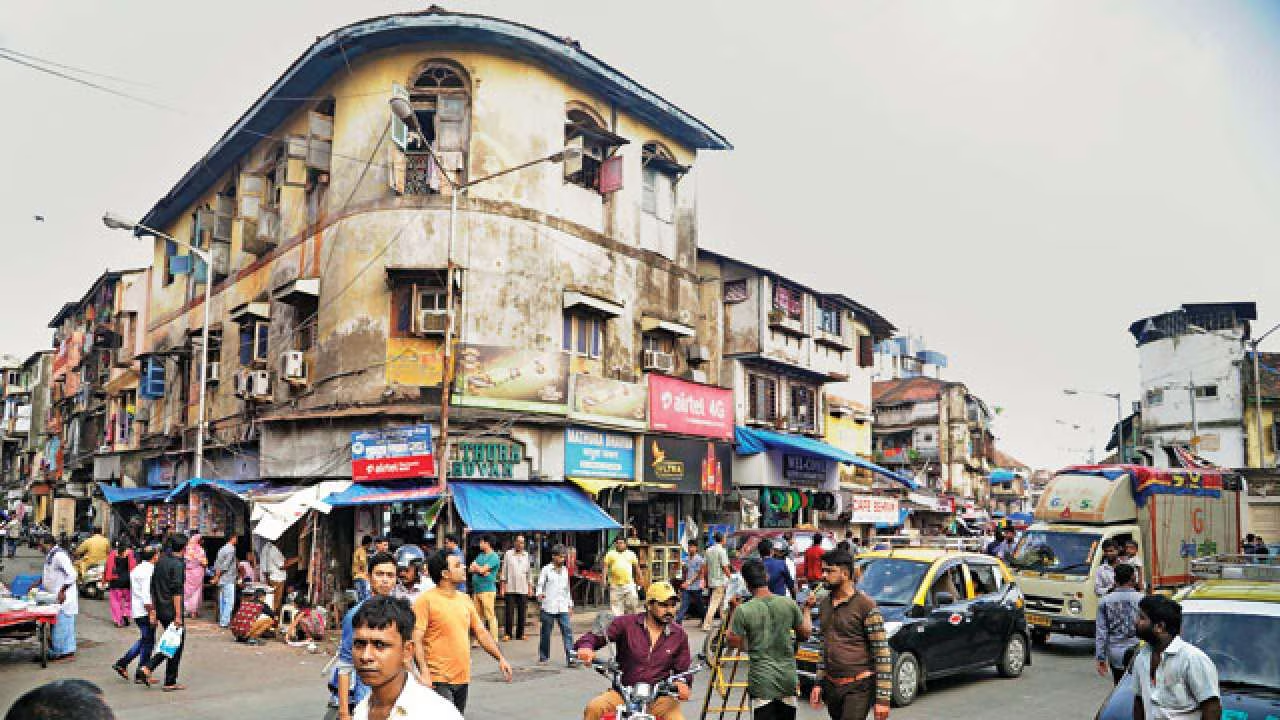The Maharashtra state government has unveiled an ambitious initiative that seeks to transform one of Mumbai’s most dilapidated areas. This announcement comes ahead of the upcoming assembly elections and is set to energise the long-stalled redevelopment process. Under Regulation 33(9) of the Development Control Promotion and Regulations (DCPR)-2034, the housing department has issued a Government Resolution (GR) designed to facilitate cluster redevelopment.
The GR outlines a plan to offer landowners in Kamathipura a complimentary 500-square-foot carpet area apartment as an incentive to engage in the redevelopment efforts. For plots measuring up to 50 square metres, landlords will receive one free apartment, with further entitlements scaling with plot size—landowners of plots between 51 to 100 square metres will get two flats, while those with plots of 101 to 150 square metres will receive three, and so on. This structured approach aims to motivate landlords to participate actively in the redevelopment process, which is essential for its success. This initiative has been propelled by persistent advocacy from the Kamathipura Punarvikas Samiti, representing both landlords and tenants, who have long sought government support to overcome financial barriers that impede individual redevelopment efforts. Following a comprehensive survey conducted by the Maharashtra Housing and Area Development Authority (MHADA) and the engagement of a project management consultant, the state has established a high-powered committee to oversee compensation and redevelopment decisions.
An official from the housing department remarked, “The allocation of free apartments to both landowners and tenants reflects a balanced approach to urban revitalisation. This measure aims not only to modernise living conditions but also to alleviate the financial burden on landlords, facilitating the much-needed overhaul of Kamathipura’s infrastructure.” The cluster redevelopment under Regulation 33(9) is pivotal in Mumbai’s urban planning narrative, addressing the pressing issues of ageing infrastructure and cramped living conditions that are prevalent in historic areas. This initiative signals the government’s commitment to urban renewal and equitable redevelopment, strategically positioning Kamathipura as a key beneficiary of progressive urban policy ahead of the state elections.
From a sustainability perspective, this redevelopment plan highlights the necessity of modernising old structures while maintaining the cultural essence of the area. By providing incentives for redevelopment, the government not only seeks to enhance living standards but also aims to promote sustainable urban development, ensuring that Kamathipura evolves into a vibrant community that meets contemporary needs without compromising its historical significance.







